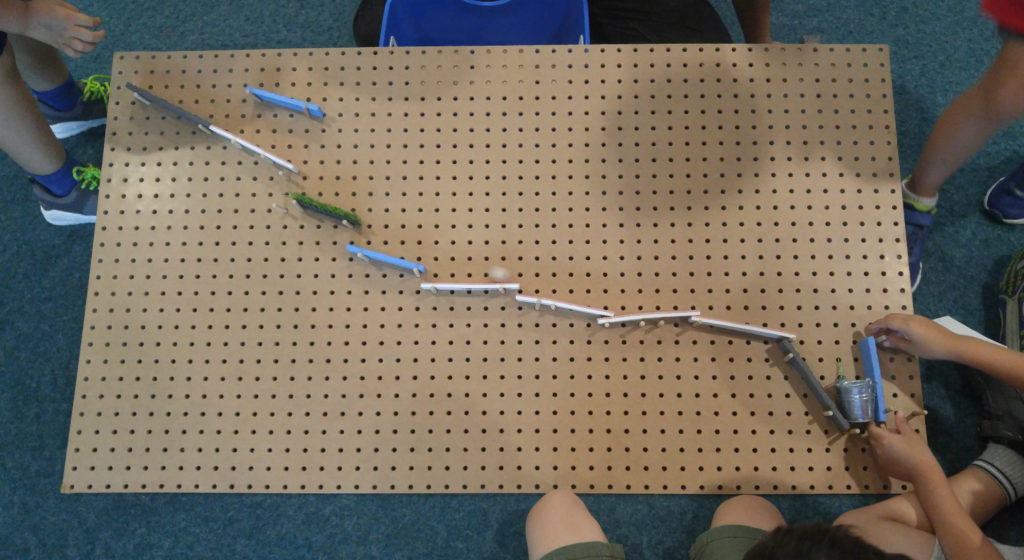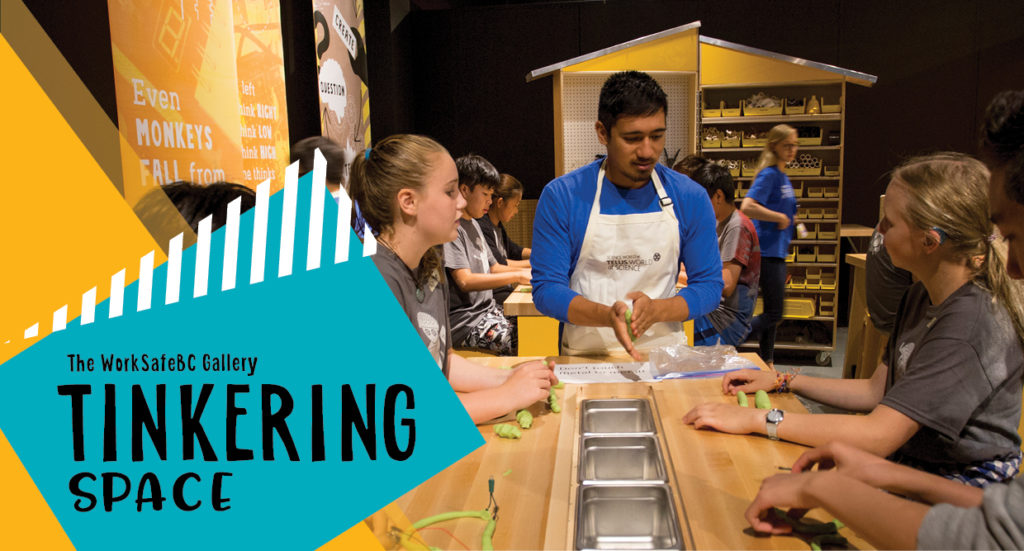In this activity, students will play with cars to discover how potential and kinetic energy make them move.
Toy cars use a variety of mechanisms to make them go, but they all store up potential energy.
Although the elastic material inside is usually steel and not rubber, the principle is the same. By changing the shape of the material (usually a coil of metal) energy is stored and then released as motion.

